RZSS Cat Conservation - Size Matters
19/02/2018 in Conservation
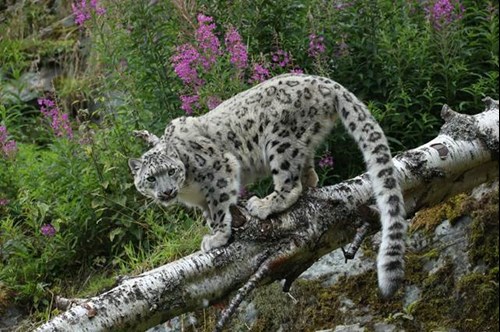
Above: Snow leopard at RZSS Highland Wildlife Park
If you are like me you would have watched the recent wildlife documentary ‘Big Cats’ on BBC One with great interest. This was the first time that all forty-one species of the cat family were included in one series. It featured some of the best footage I have ever seen, especially with regards to the smaller lesser known species. I was particularly keen on the Pallas’s cat, snow leopard, black footed cat and Iberian lynx scenes, perhaps more so because of our range of projects and those of close colleagues working in the field. I was also delighted to contribute in my own small way by assisting the BBC in accessing some of the Pallas’s cat footage.
Above: Rare camera trap footage of Pallas's cat kittens playing in Mongolia - footage by B. Munkhtsog
Despite the name of this series, in actuality only seven of the forty-one species shown (or mentioned) are classed as 'big cats'. Whilst watching the documentary unfold you may have felt that it was somewhat biased toward the big seven and I wouldn’t disagree with you if you did. It goes without saying though that people will always be amazed by the big, powerful and iconic species and in trying to capture the public's attention it is difficult for the media not to focus on cats such as the tigers, lions and snow leopards. So what can be done to increase awareness for the small cats? How can we conserve animals if no one has ever heard of them? In essence does size really matter when it comes to cat conservation?
These are important questions for three reasons. First the majority of the cat family is made up of ‘small cat’ species. Secondly, more of the these smaller species are endangered and under threat than the big species. Finally, and most significantly, it is estimated that only 1-2 % of the global funding for cat conservation goes to the thirty four smaller cat species.
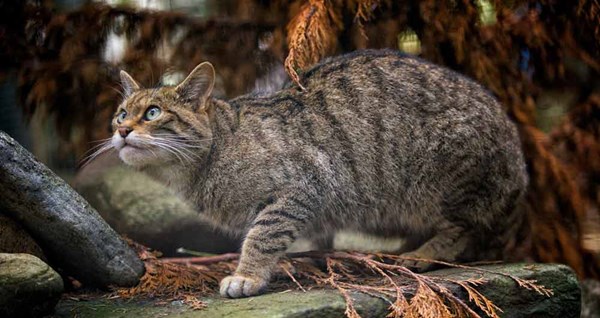
Above: The UK's last remaining wild cat species, the Scottish wildcat
Now of course, I am not for one minute suggesting that efforts to conserve the big cats should stop and focus on the smaller species. We must find a way to continue the great work with big cats AND create greater awareness and support for small cats.
As many of you will be aware the RZSS continues to be committed to cat conservation efforts and currently supports multiple projects involving both big cats and small cat species. We have also made a conscious effort in recent years to leverage the interest and popularity in big cats into support and awareness for the small cats. For example our animal keepers often refer to and relate to the critical situation with Scottish wildcats (aka the Highland tiger) to that of the Amur tiger during keeper talks. We have also established a partnership with the Snow Leopard Trust that has been vital for highlighting our work with another mountainous species, the Pallas’s cat, through the Pallas’s Cat Conservation Project (PICA). By making these connections we can raise the profile of both whilst increasing the capacity and resources available to the different conservation projects. We hope these and other techniques can become common place across the zoo community, with the aim of increasing awareness, knowledge and support for the lesser known species.
Above: Footage captured of a snow leopard in the Himalayas - footage by G.Regmi
Below: One of the Amur leopards at RZSS Highland Wildlife Park's off-show off-show breeding complex
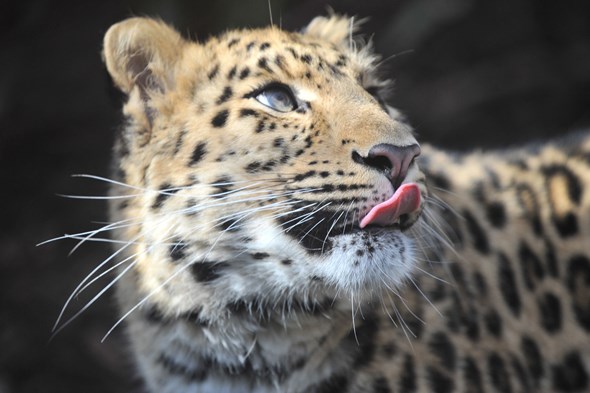
I’m looking ahead in 2018 with great anticipation as our various RZSS cat conservation projects continue to develop. I will be joining our PICA partners on a field trip to Kyrgyzstan to further our Pallas’s cat research, we will continue to develop the long term strategies for the conservation and reintroduction of wildcats to Scotland as partners of Scottish Wildcat Action and the animal teams will continue with the important breeding and education work of our threatened cat species held in RZSS collections.
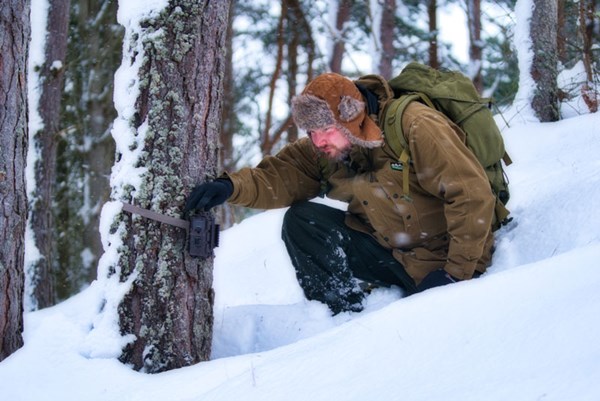
Above: Out setting camera traps as part of our work with Scottish Wildcat Action
Re-visiting the question ‘does size matter?’ we have to conclude that it does. However, importantly, we are able to say that we have found positive techniques that are starting to level the playing field for smaller cat species and generate some much needed support for them. It may be a long way off but we hope that one day, when people talk about cats from the Himalayas they will think of the snow leopard AND the Pallas’s cats or when thinking of tigers they are also aware that we have our own native cat species here in the Scottish wildcat. Working to help such a diverse range of cat species at RZSS allows us to make these links between species and share them with our visitors. The progress we are making in the field coupled with seeing the public really engage with these species gives me reason to be optimistic.
Until next time
David



























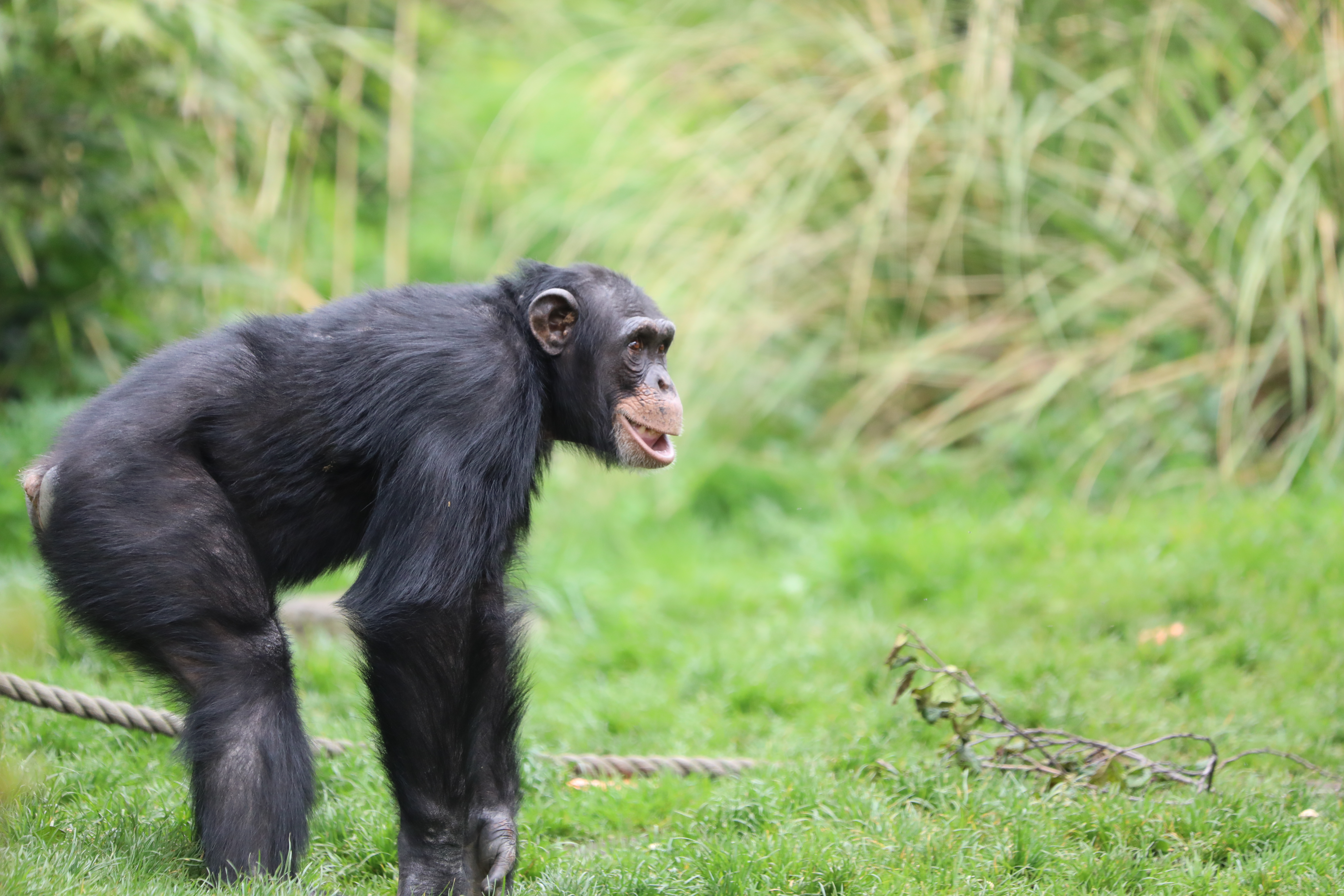
Follow EZ